The Cure made me fall in love all over again
Jun 8, 2023
When I was 12 years old, I fell in love. No, not romantically. I fell in love with music.
I remember the moment I heard my first song by The Cure. It was on a lonely late night when I locked myself in my room to play Guitar Hero: Warriors of Rock, Activision’s sixth and last main addition to the Guitar Hero franchise.
It had been my first time playing this particular edition so I first browsed the game’s lengthy catalog of old classics and, at the time, fairly new heavy metal music.

I stumbled upon The Cure’s “Fascination Street” and was transported to a somber world. I selected it, picked my difficulty, and after waiting through the loading screen, I experienced something I can only describe as a world written with the mastery of Edgar Allen Poe.
As I was playing the song, pressing the colored buttons on my guitar shaped controller as they appeared on the screen, it felt as if I wasn’t playing a game. Simon Gallup, bassist of The Cure who was represented by a fictional bassist, caught my attention with his heavy and mesmerizing bass line.
The dun-dum-dun-dum of his bass rattled my bones, but Robert Smith, the vocalist and frontman of The Cure, with his extraordinary voice, wrapped me in a lace blanket.
I was hooked.
Which is why when the band announced its current tour through North America, “Shows of a Lost World,” I arranged to see The Cure not one but three times. I traveled to both Northern and Southern California on a venture to see my favorite band as many times as I could.
Immediately, I was curious to see how this band looked. To my surprise, they were a band created in the late ‘70s with such a unique and universal sound. “Fascination Street” is a tune from Disintegration, their best selling album of 1989, yet when I heard it, it didn’t sound any more than five years old.
There is something magnetic about Smith from the way he sings, to the way he barely has any stage presence, and the way he looks. He’s not the most handsome. In fact, he’s a bit of a boogeyman with his bird’s nest hair and smudged makeup.
I ventured deeper into The Cure’s music catalog and found “Lullaby,” a song from the same album. In the video, he plays a man who is tucked into bed but seemingly affected with sleep paralysis and a “spider man,” which is a dark entity.

The dark imagery and melancholy sound dragged me into the world of Smith.
Because of his unconventional lyrics and story-telling, I had fallen in love with his music and image.
The Cure became the soundtrack to my adolescent life and has extended into my adulthood. They were my comfort when I was outcast by my peers in middle and high school. They became a part of my identity when someone would ask what I listened to and I would exclaim “The Cure!”
When I turned 15, I saw The Cure for the first time with my dad. I remember it as if it were yesterday because it was the best day of my life. The concert was on May 26, 2016, at Shoreline Amphitheatre in Mountain View. That day was the day my love for this band transcended beyond everything; I had formed a spiritual bond.
I was fairly far away from the stage the first time I saw them, but it was enough to make out the silhouette of Smith and Gallup, the two most important figures and faces of The Cure to me. It was confirmation that these two people were real and that they were just 100 feet in front of me.
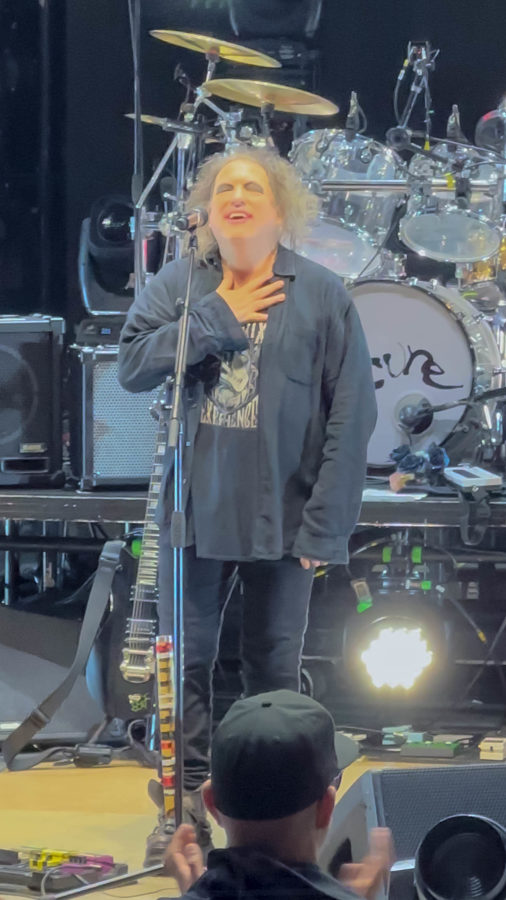
Since that day, The Cure became a part of me. They were my happiness and my comfort. Every song that I heard from them there on out now teleported me back to that day where I was just a few feet away from them.
That same year, Lol Tolhurst, co-founder and former member of The Cure, published “Cured: A Tale of Two Imaginary Boys,” a memoir detailing his journey to stardom and his lifelong friendship with Smith. Reading his book made me feel as if I were watching a movie as he eloquently invited the reader to tour into his and Smith’s thoughts on the formation of a revolutionary band.
I was able to fully appreciate and understand the band’s craft from Tolhurst’s emotional telling.
After that concert, I was eager for them to announce when they would be touring again so that I would have a chance to get closer to them. I wanted to be able to feel and see Smith’s passion on that stage. That chance would come seven years later.
In May of 2023 at 22 years old, I managed to attend three of The Cure’s concerts from their current tour.
The Cure’s fans are all different. Many associate the band being linked to goths but that is simply not true. Although I consider myself a goth, their music has been linked to other genres like new wave, post-punk, and pop. The band’s music has even been described as “happy sad,” with their song “In Between Days” being a perfect example of this. Their lyrics are sad while their music is upbeat.
On May 24 at the Hollywood Bowl, I observed a plethora of identities. I saw many young fans amongst older fans, with some of the older fans talking to some younger fans about how long they have been a fan. I saw swaths of people of different backgrounds and ethnicities, but for the first time, I also witnessed a sea of Latinx fans. It was amazing to see different people all come together for a night of music.
One thing we all shared in common is the love for Smith and how his band’s music resonated with us. Two fans behind me were talking about how “Disintegration” was an integral part of their identity. For me, The Cure’s 1992 album “Wish” shaped me the most out of their entire discography.
Of the three dates I attended, May 27, the second concert, was the most special. It was at Shoreline Amphitheatre. Once again, I brought my dad to this show. We were able to relive the time we both had seen them together in 2016. We were seated merely six rows from the stage.
The moment Smith came out, the crowd erupted into a roar and I burst into tears. Smith was quite literally 10 feet away from me and he saw the moment I cried from the sheer happiness of seeing him.
There was a woman right next to me who also began to cry. She understood the great emotion his mere presence brought.
I sang and danced to every song they performed; the lyrics just came so naturally to me, considering I’ve spent many hours listening to their discography over the last 10 years.
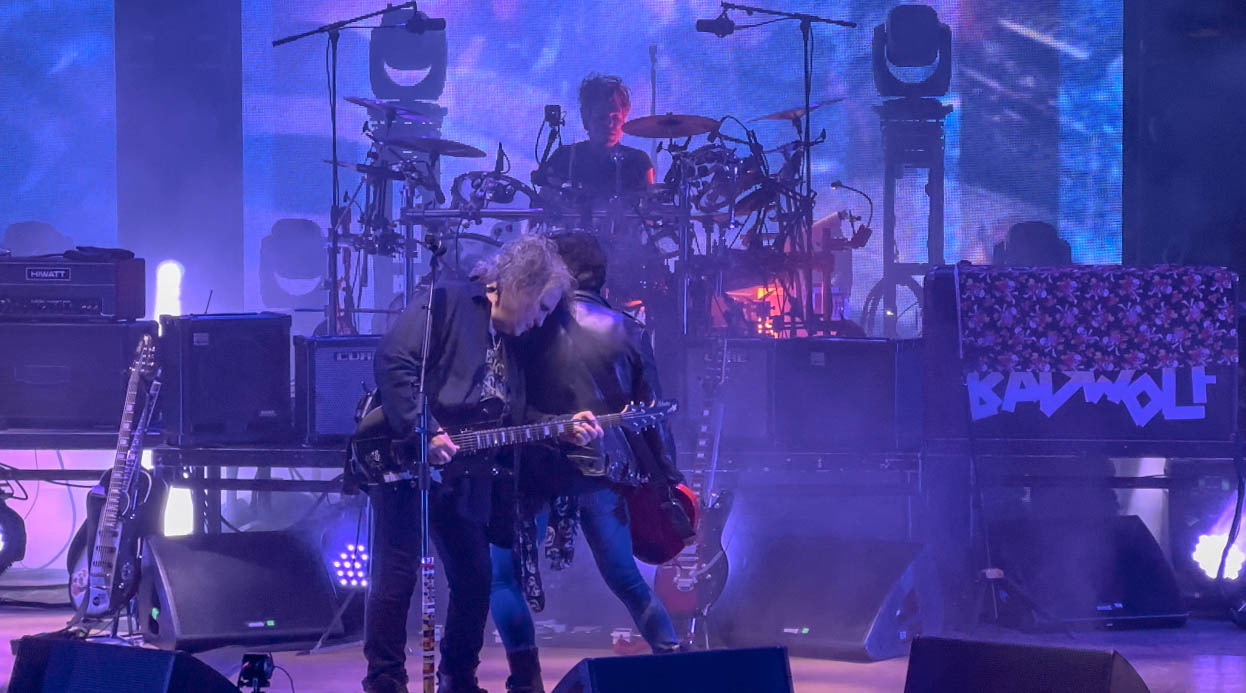
My only regret is that I didn’t write Smith a letter and go up to give it to him. The fans in the front row were giving him flowers and he was eagerly accepting each and every one of them.
To say that we made eye contact and he saw how I cried was a special moment between us, because not only was he an entity on my device supplying these beautiful songs but he was a real person; he stood right in front of me as we acknowledged each other.
Words cannot describe my emotions as I stood there watching him perform. His voice had not aged and his spooky onstage demeanor was still as magnetic as ever. Smith’s onstage presence draws the audience to listen and observe, like a spell being cast upon them. After each song, the crowd rattled the venue with cheers.
The last concert that I saw them at was on May 27. That night I told myself that I would limit the amount of time I would spend recording some of the music and enjoy the setlist they would bring to that night. Boy, was I wrong.
On that day, The Cure brought a setlist that was a lot more refined compared to the other two nights I saw them. They performed two songs that marked their tour debut, “One Hundred Years” from their 1982 album “Pornography,” and “Closedown,” off of “Disintegration.” I had to have some visual memory of those moments.
The crowd around me wasn’t as into it as I was, but when it came to the band’s biggest hits, everyone around me got into a groove.
When the last concert concluded, I had expected to be sad. It would be the last time I would see them until the next time they would tour. However, I didn’t succumb to sadness, much to my surprise. I felt relieved, not because it had ended, but because I had felt all my stresses and sorrow wash away with the power of Smith’s music.
His mere essence and the way he sang his songs was like a healing spell, something I needed to feel and hear to give me the motivation to carry on when life got tough.
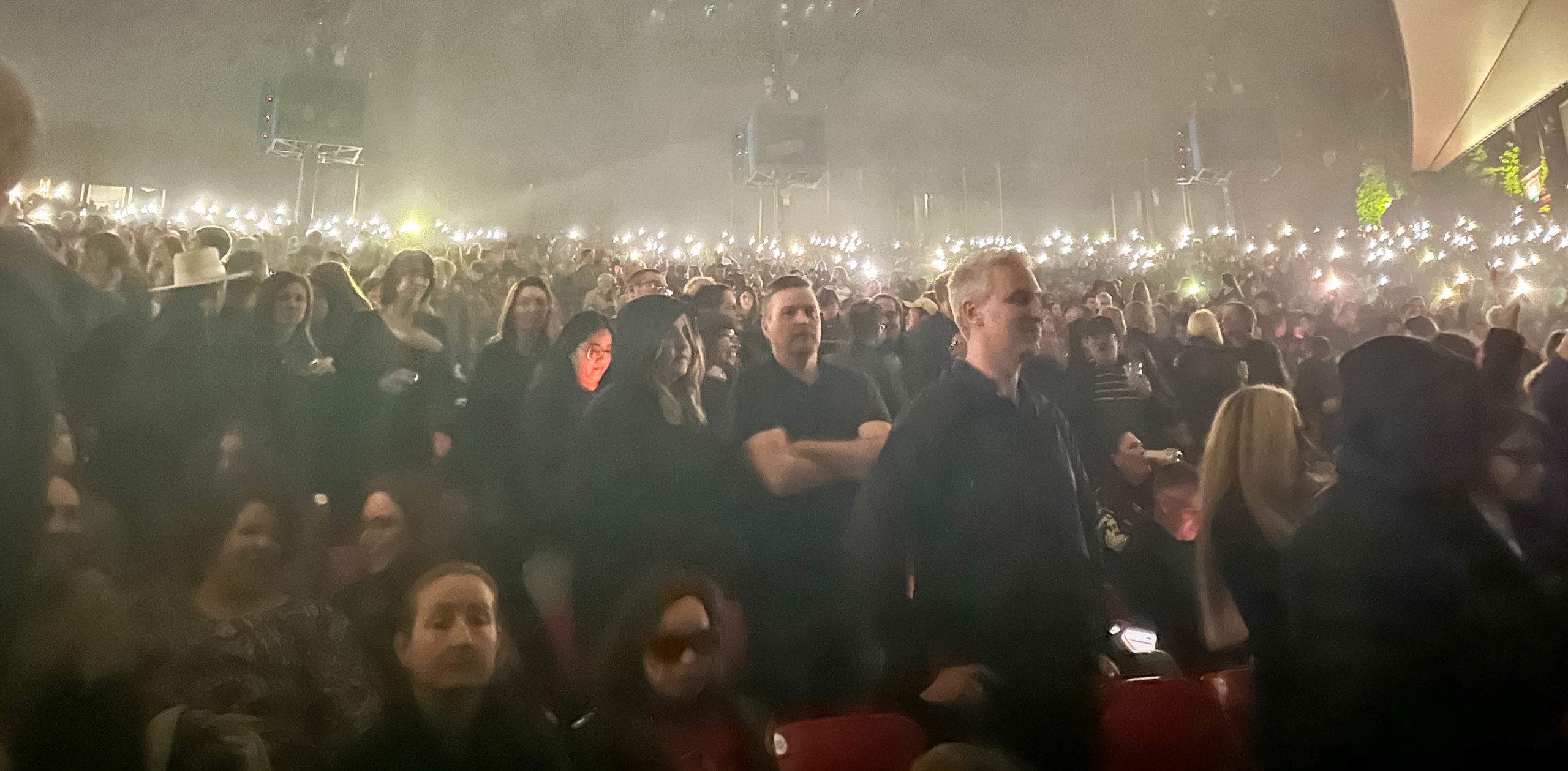




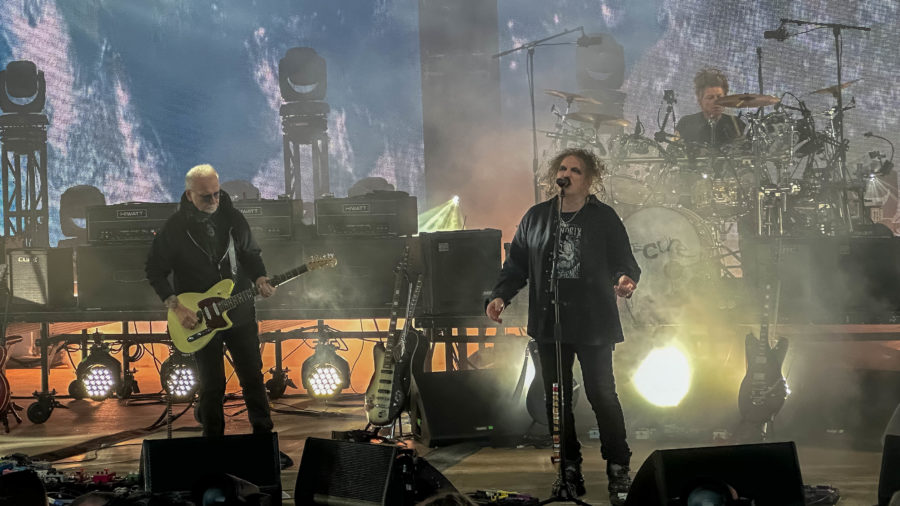

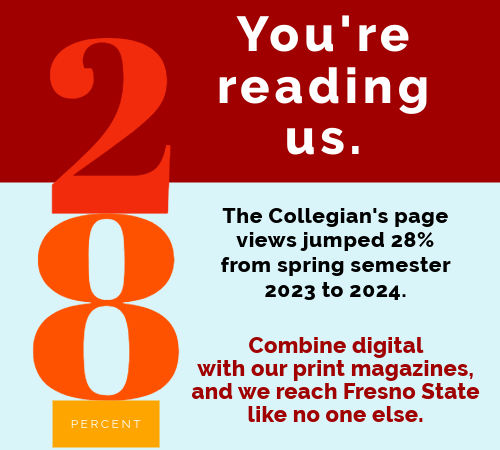
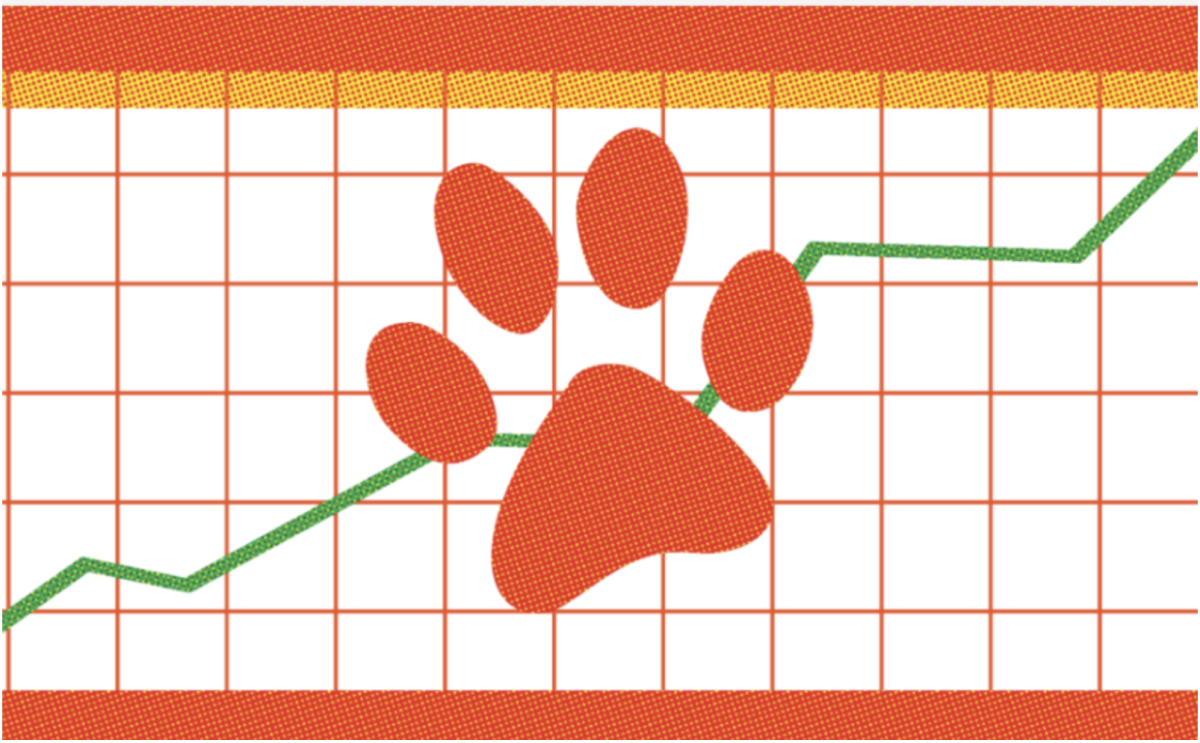

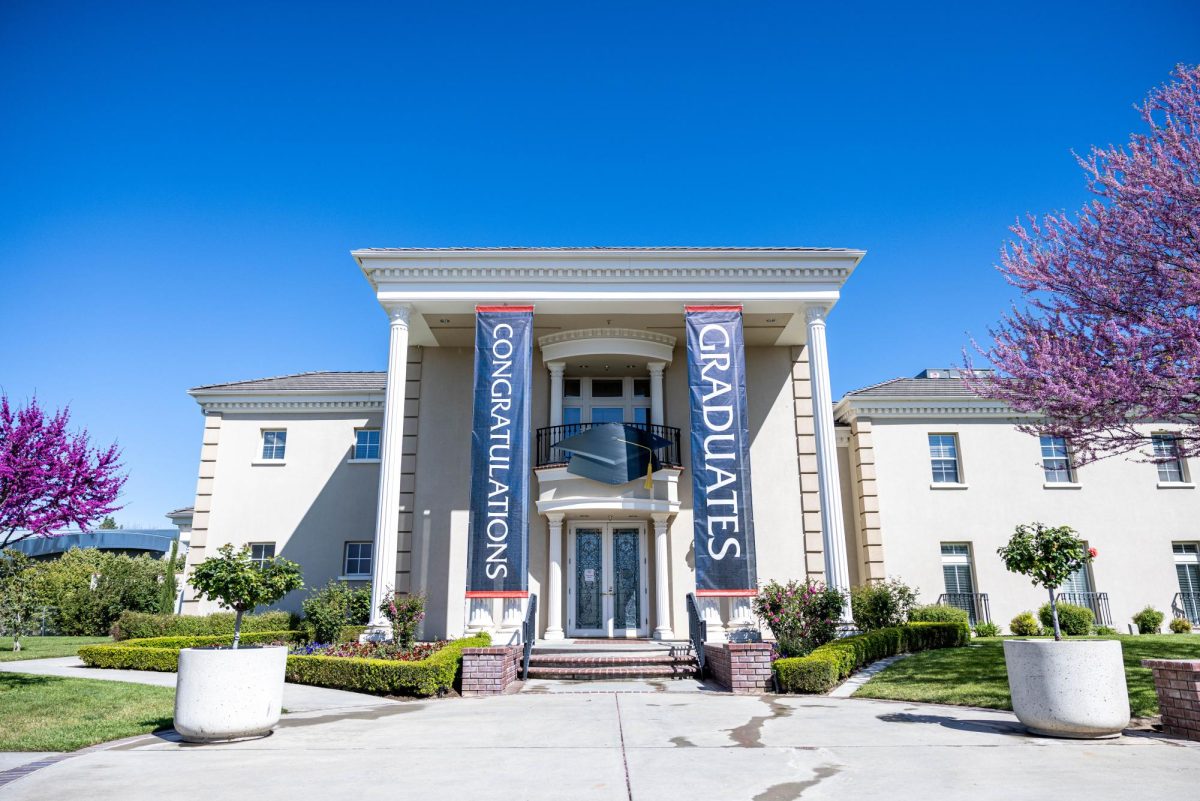
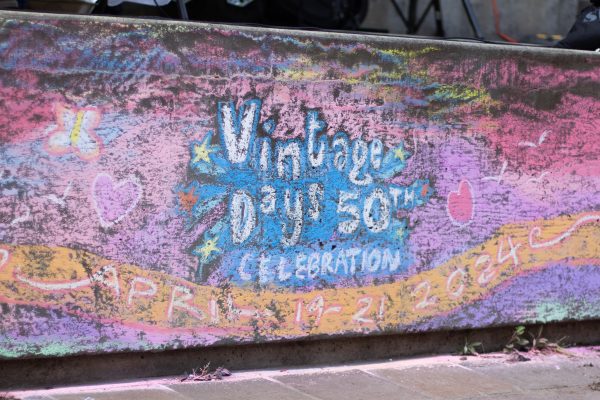
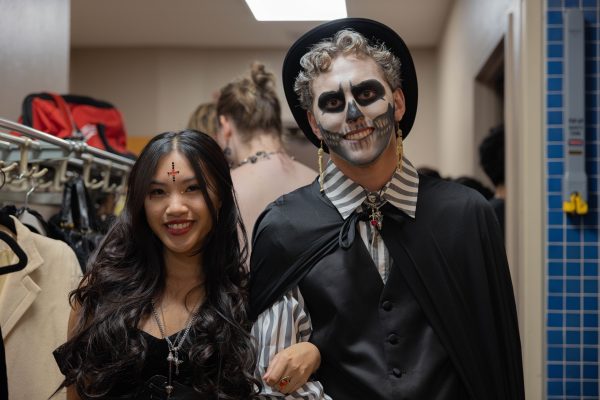
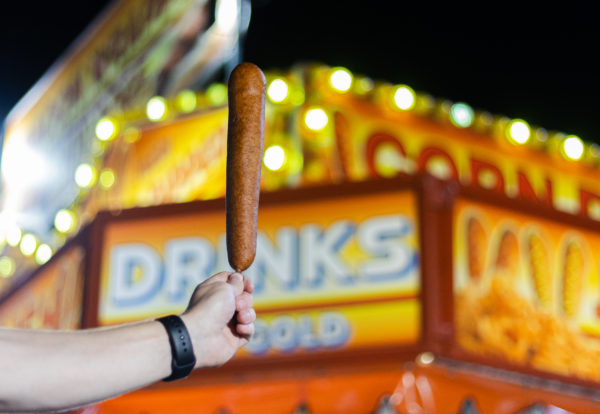

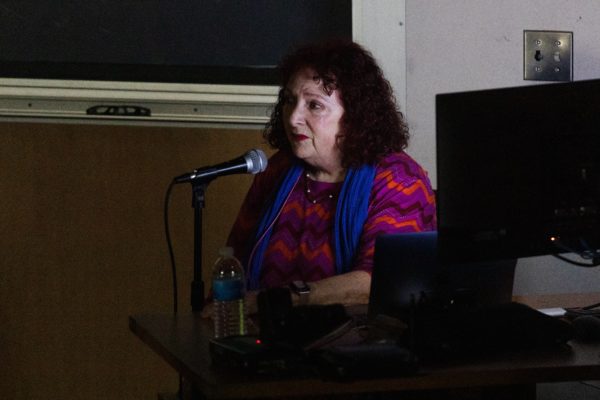
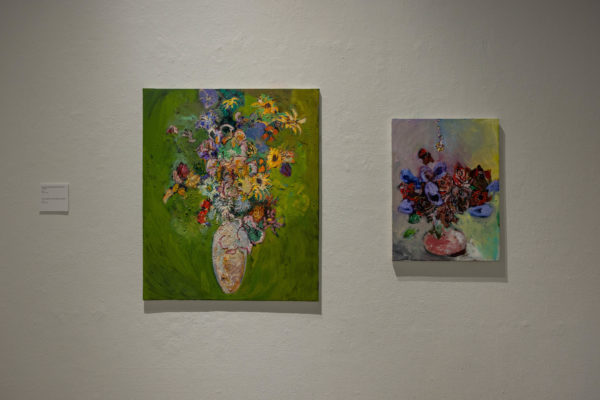

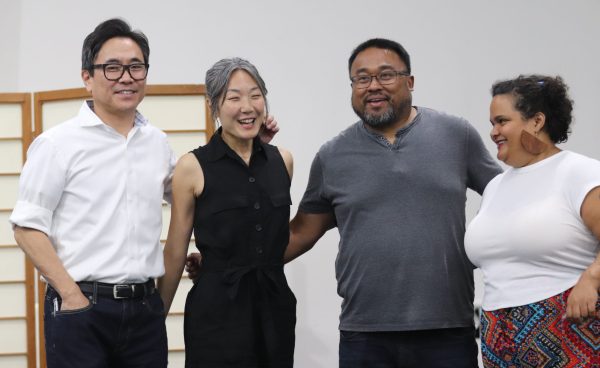
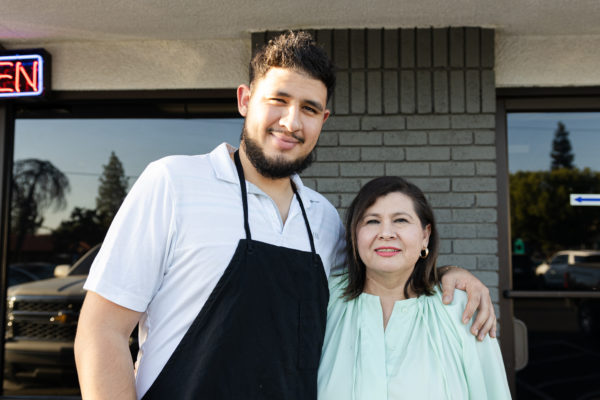

Cure Fan • Jul 4, 2023 at 10:02 am
Lovely memories of The Cure! Seeing them live is an unforgettable experience. The dates are mixed up though. They played One Hundred Years and Closedown on night 2 at the Shoreline, May 29th. I was sad to miss it but happy to hear Plainsong on the 27th. You also can tell by the tshirt he’s wearing in the pics. Jimi Hendrix experience shirt is from night 1. He wore sacred heart on 29th.
Polyester Specter • Jun 14, 2023 at 11:40 pm
Hi Sarah, I too was 15 years old when I saw The Cure for the first time, but this was for their Disintegration tour, at the (then named) Oakland Coliseum, on September 9th, 1989. The ticket was $18.50, and yes, I still have the ticket stub.
I too remember when I fell in love with The Cure. I had liked them before ’89, but the first time I heard Disintegration, I cried and cried and cried. I was a budding baby gothling and I had this boom box radio with detachable speakers. I locked my door, turned off the lights, and placed each speaker on either side of my head, closed my eyes, and hit play. OMG I still get chills when I hear the first few seconds of Plainsong, that majestic beast of a song, but that very first listen made me float outside my body…. that whole first side was a rollercoaster of emotions. Then I had to flip the tape to side B, and Prayers for Rain just made me sob. Music had NEVER done that to me before, and it’s happened a few times since and I’m almost 50 now.
I too went to both Mountain View shows, and they were magical the 1st night, but they transcended every and all my expectations the 2nd night. I was also brought to tears. And I know Robert felt our love. It was keeping him afloat. I’m so glad we were there to witness it. The Cure, forever!
tess • Jun 14, 2023 at 5:28 am
Love your review!! Who couldn’t love Robert Smith! He’s a brilliant showman. I don’t think I’ll cry, but maybe a tear will squeak out, when I see him this weekend in Boston.
Josette Kohls • Jun 14, 2023 at 2:05 am
This is so beautiful. Thanks for sharing.